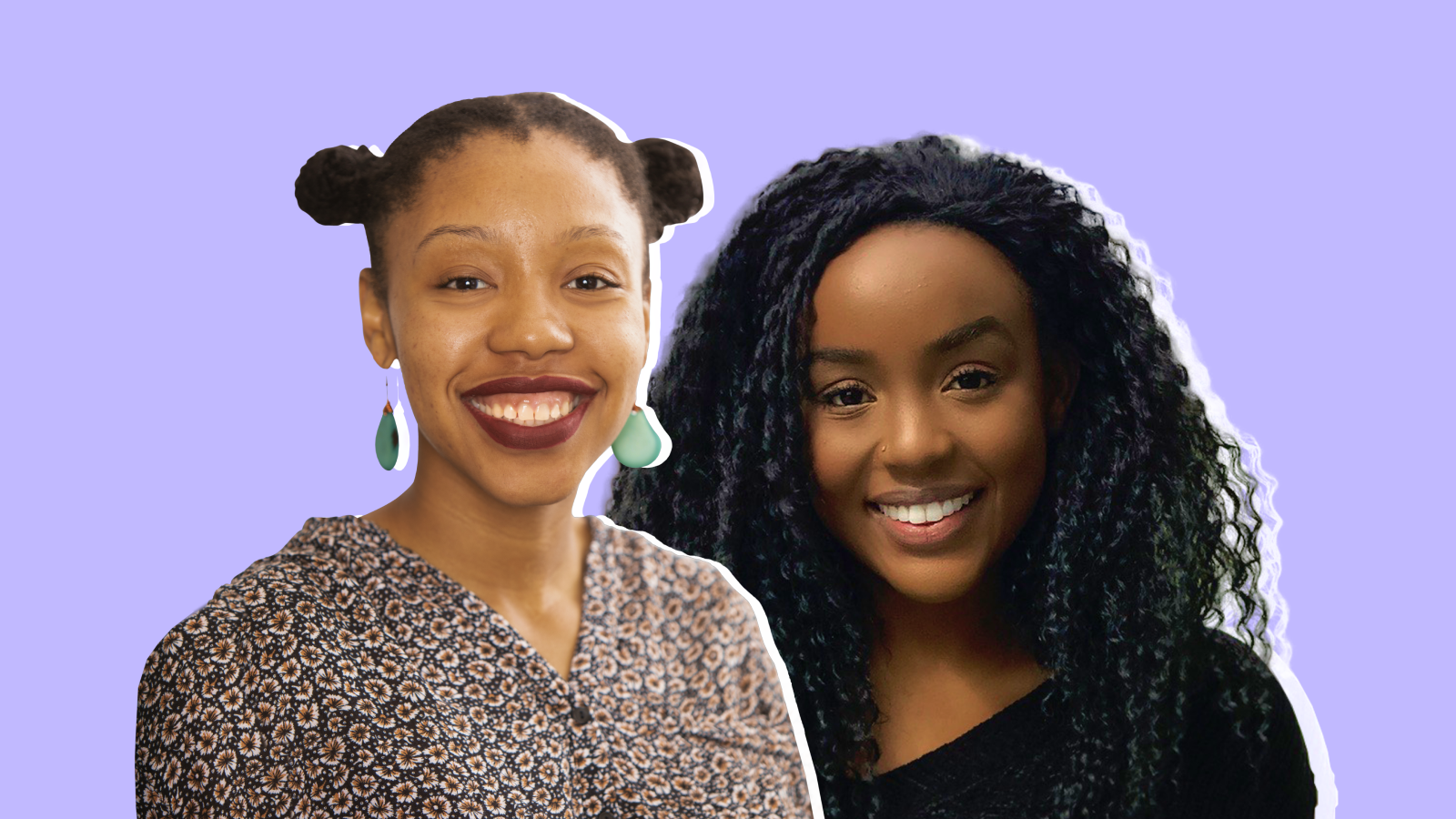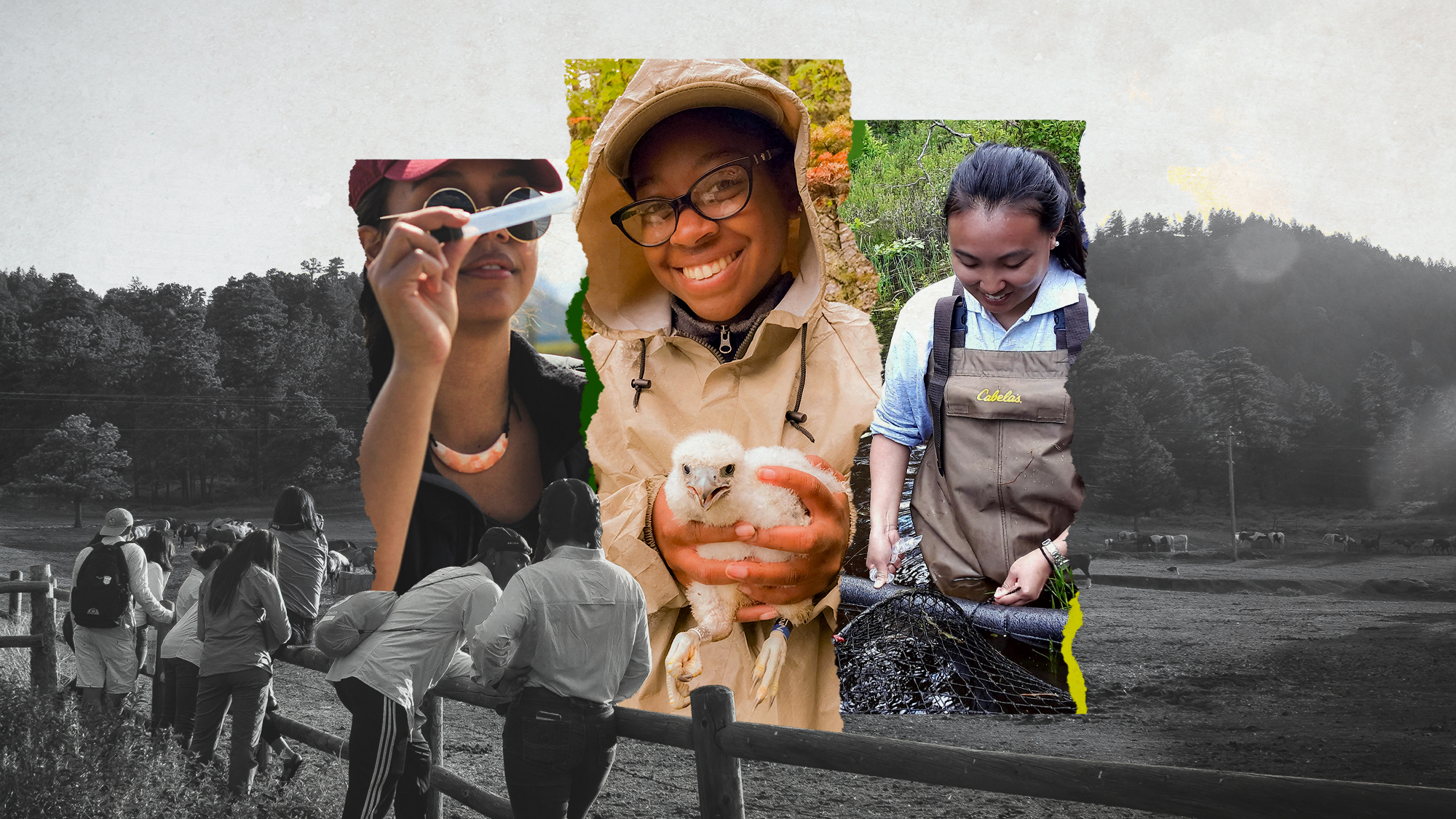The mainstream environmental movement has long had a whiteness problem. Communities of color have been excluded from environmentalism, and from environmental academia, policymaking, and physical green spaces, for decades — despite being at the forefront of climate impacts. Environmental justice activist Wawa Gatheru, who just finished her first year as a Rhodes scholar at Oxford University, experienced this firsthand for years. In an article for Vice last year, Gatheru explained how, as a student, she “invested all of my intellectual labor in forcing my narrative into those spaces, heaving at the pain of explaining the error in my deletion.”
Those dynamics are beginning to change. As many large environmental organizations contend with their racist roots and shift their priorities to include environmental justice, more and more leaders and organizers of color are creating their own spaces to set an agenda for climate action that puts their needs at the center. Gatheru is leading one such affinity group, Black Girl Environmentalist, a nascent organization dedicated to supporting Black girls, women, and non-binary folks in climate work. And Ki’Amber Thompson, whom Gatheru nominated to this year’s Grist 50 list of emerging climate innovators, is leading another. Her nonprofit, the Charles Roundtree Bloom Project, helps the children of incarcerated parents find healing through outdoor experiences and environmental education. The question underlying the project, Thompson says, is: “How can healing our relationship to the planet help us heal our relationships with ourselves?”
After admiring each other’s work from afar, the two climate leaders, both in their 20s, met for the first time on Instagram Live, where they discussed their paths to environmentalism and the work they’re doing now to lift up others like them. These snippets of their conversation have been edited for length and clarity. Watch the full conversation on Grist’s Instagram.
This is one of a series of Instagram Live conversations between members of this year’s Grist 50 list and the people who nominated them. The Grist 50 recognizes emerging leaders in climate, sustainability, and equity — we call them Fixers — who are advancing new ideas and new approaches to a better future. Follow Grist on Instagram to get notified when the next live event happens.
Bringing environmental justice to academia
Gatheru: Your [senior] thesis played such a huge role for me in reconceptualizing what environmental analysis could be and what it should be. I cited you in my thesis, I talked about you in my Rhodes interview. I made an Instagram post about a year ago when people were trying to learn more about intersectional environmentalism and environmental justice, and I think your thesis was at the top of the list of things that I referred people to, to understand the intricacies of a truly just environmental movement.
Do you want to talk a little bit more about it?
Thompson: I first learned about environmental justice through this class that I took [in high school]. I wanted to take AP Bio, but I got placed in AP Environmental Science — and then I fell in love, and just became so passionate in a way that was transformative. It really resonated with me, what I was learning about, because I was able to identify some of the environmental injustices in my own community. Lack of food access was a big one for me. It was something that I could identify within my own life and in the neighborhoods that I grew up in.
I got really interested in environmentalism and environmental justice from that. I also started to process a lot of my experiences related to policing and incarceration. Around my sophomore year [of college], I started wondering if these things were connected — and I had this intuition that they were. There were not many academics, or anyone really who was looking at the connections between the prison system, incarceration, policing, and environmental injustices. So I was like, “Let me do this work.” I ended up producing this thesis in my senior year, which is called Prisons, Policing, and Pollution: Toward an Abolitionist Framework within Environmental Justice. I was thinking about how abolitionist theory and practice could inform and shift the way we do environmental justice work.
Gatheru: Absolutely incredible. I personally never really saw myself as an environmentalist growing up. I had a very specific idea of what environmentalism was, and it didn’t really resonate with a lot of the things that I was coming into as a young teen. I ended up taking an environmental science class — I wasn’t supposed to be in that class, but I fell in love with the course because my teacher actually added an environmental justice chapter.
With that, I was able to get the language and craft a narrative that resonated not only with me, but the community that I care most about. From there, my entry into environmental work was like, “Why did it take me until I was 15 years old to begin to see myself in this movement?” And clearly there are a lot of intersections that I’m seeing, but aren’t necessarily being shown back to me in the textbooks that I’m learning from — especially when I decided to study environmental studies at the University of Connecticut. If these connections were made more explicit, we could actually have a movement vested in justice. So thank you for being so explicit in your work and making those connections, because seeing someone else do that gave me more confidence.
Creating new spaces for solidarity
Gatheru: I would love for you to speak a little bit more about [your nonprofit] — how you’re giving kids the opportunity to make those connections while also providing a healing space.
Thompson: One of the reasons I wanted to start the Bloom Project was because I wanted to create earlier access to environmental education. One of the big things I came about in my thesis was the importance of parks and green space for community wellbeing. I interviewed folks in San Antonio who were formerly incarcerated, and when I asked them the question, “What was an important landmark or place for you growing up?” Every single person named their community park. That helped inspire this idea for the Bloom Project, creating that access to parks and green space. I also wanted to work with youth and work specifically with youth who had a similar background of being impacted by incarceration — having incarcerated parents or caregivers.
For me, that was combining my degree and some expertise that I was gaining in environmental education, and my personal experiences with the incarceration system. In college, I really found the outdoors and nature as this refuge and this space of healing for me. I want to be able to give that to youth who are coming from similar backgrounds. It was really me trying to create something that I thought I could have benefited from as a kid — having a space to process some of the issues, whether that’s issues related to policing and incarceration or other things going on in my life.
That’s also the work that the Bloom Project is doing — creating a space of communal healing through reconnecting with our environments and reconnecting with ourselves and each other. It’s been about a year and a half that we’ve been running. Honestly, it feels so life-giving to be doing this work, and really healing for myself in some ways. I feel like it’s still very much in its infancy — every six months feels like an experiment. But I would love to hear more about what stage Black Girl Environmentalist is at, and why you wanted to start that.
Gatheru: It’s really inspiring to hear you talk about something that is clearly so close to your heart. I’m excited to continue to follow along with your organization.
I’ve been in the environmental space for the past six years, in different capacities. It was always interesting to me how it felt as though environmental justice and the expertise of Black and brown people was more of an add-on, rather than something that was part of the original plan. It frustrated me a lot. In a lot of my work experiences, I felt really tokenized. I was just constantly grappling with it. This is a movement that’s supposed to be vested in a just future, yet I don’t see Black lives being a part of that future.
About a year ago, I wrote an article for Vice where I talked about my experience as a Black environmental student — doing field work and not feeling safe, and being really confused as to why my instructors didn’t understand the history of Black criminalization in the outdoors and why I was uncomfortable. Or going to certain scholarship meetings and not seeing any Black people represented. And the response that I got was really overwhelming, particularly from Black girls and women saying, “This is the first time I’m seeing my narrative represented.”
In that moment, I was like, “Whoa, there’s this huge opportunity to be able to connect with all these different people from not only around the country, but from around the world, that are experiencing similar dynamics.” I made an Instagram post “calling all Black girl environmentalists,” and had an introductory call with over 180 people. It was just mind-boggling that one Instagram post had led these people to a Zoom call.
Now we’re in the nitty-gritty of becoming a nonprofit. What has really driven me and the other people that I’m working with is seeing that the environmental future that we all believe in can really happen. And I think that it really does start with people of color creating our own spaces that are cognizant of our experiences, our narratives, without having to convince other people to take our voices seriously. So that’s been my love project. I feel like I finally found a place in the environmental space that feels really good.
>> Read more about 2021 Fixer Ki’Amber Thompson
>> Read more about 2020 Fixer Wawa Gatheru
>> Explore the full 2021 Grist 50 list to discover more Fixers making a better future happen today




